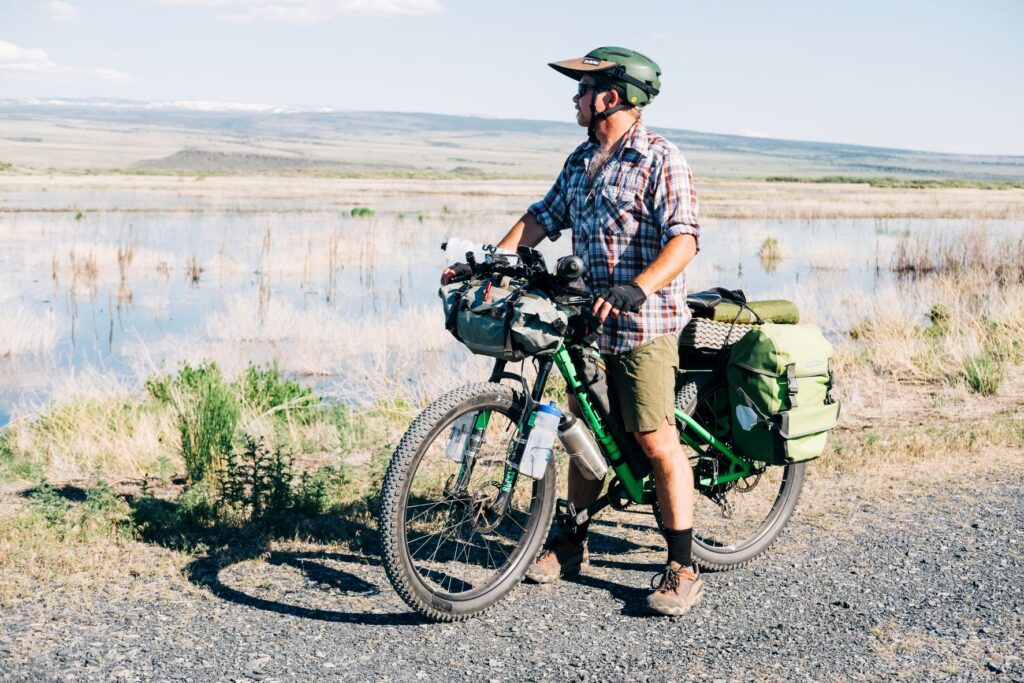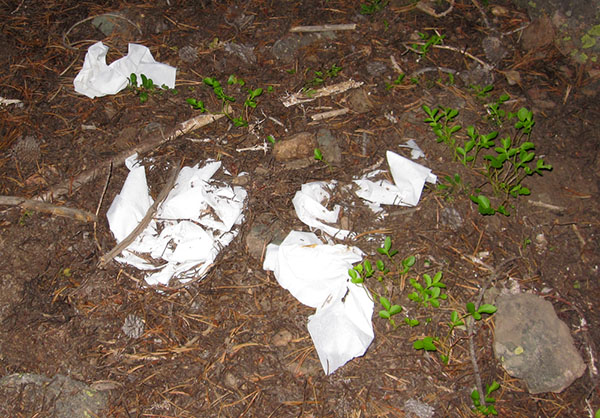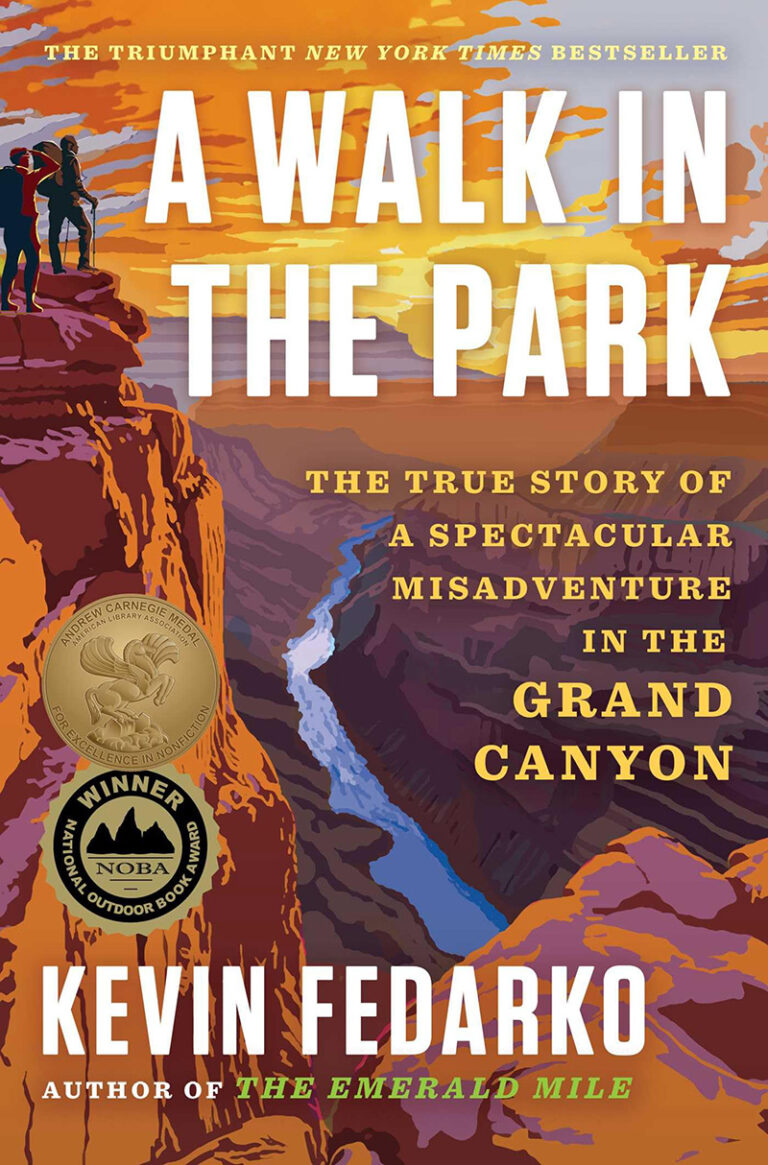We left the parking lot and began pedaling up the gravel road, enjoying the mellow grade as the forest grew thick around us. Huge, moss-draped trees provided welcome shade from the intense, humid heat, and a green sea of ferns and other west-Cascade foliage blanketed the forest floor. The winds had shifted during the night, and the thick layer of smoke that permeated the mountains the day before had dissipated.
We saw no other people as we steadily climbed the road then singletrack, but the signs of humans, unfortunately, were all over the place. I’m talking about unburied, right-on-the-side-of-the-trail human waste and toilet paper.
The higher we climbed, the more disgusted I got. When we finally stopped for a break near the top, our scenic snack spot turned out to be someone else’s poor choice for a latrine. Seriously? WTH is wrong with people?

Last summer at a popular Selkirk Mountain lake that’s super close to the road, we encountered a similar situation where too many people were relieving themselves in too small of an alpine area with the expected unsavory consequences. The desecration of an alpine lake basin caused by too many visitors without proper Leave No Trace awareness is a terrible thing for sure, but it’s not all that surprising given the number of new people heading into the wilds.
I expected better backcountry ethics, however, from seasoned mountain bikers on a challenging trail many miles from a road.
It’s a great thing that so many Americans are learning and re-learning to love the outdoors since COVID, but the explosion of trash, toilet paper, and human waste that has followed the new wilderness-loving masses into our public lands should give us all pause.
Obviously we are not doing a good enough job as an outdoors community at educating our fellow enthusiasts about basic Leave No Trace practices, like, at a minimum, doing your business and burying your waste and toilet paper in a 6-8” deep hole at least 200 feet away from water, camps, and trails.

There are many things we can do as an outdoors community to lessen our impact on public lands. In the new September-October 2021 issue, Aaron Theisen dives into the #tagresponsibly movement that makes the case for protecting the location of fragile places in social media posts (see page 30 in print issue).
There are many great non-profit organizations working to protect and restore the wild places and trails we all love (we highlight a few on page 26 and there are plenty more), and they need our support now more than ever.
Here at Out There Outdoors, a big part of what we do is help more people to get outside. We also recognize the responsibility we have to educate our readers about Leave No Trace and conservation ethics and not to draw too much detailed attention to at-risk wild places.
Times are changing. The Wild West isn’t as wild as it used to be, and it’s time for all of us to do our part.
Derrick Knowles is co-publisher and editor-in-chief. He co-edited with EWU professor and writer Paul Lindholdt the non-fiction anthology “Holding Common Ground: The Individual and Public Lands in the American West” (EWU Press, 2005).
To read more Editorial articles, visit the column archives.
[Feature photo by Aaron Theisen.]













